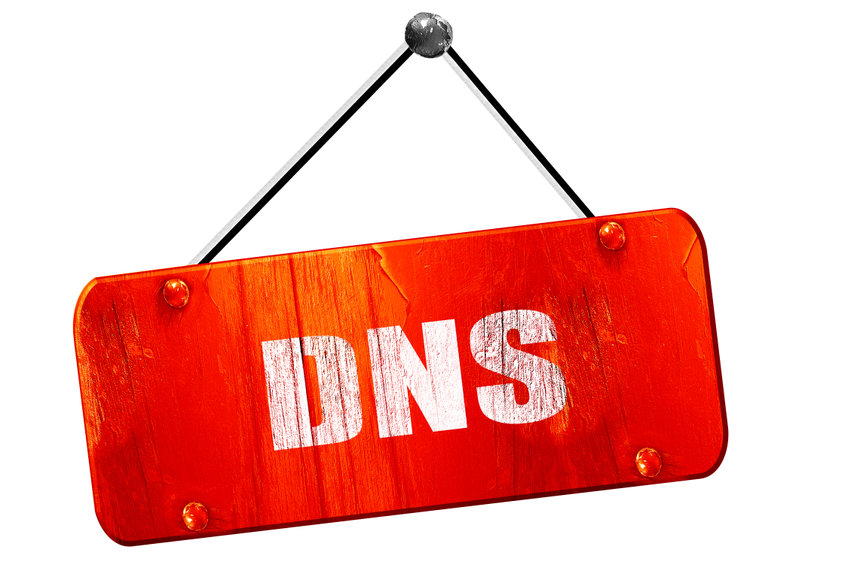The meaning of DNS monitoring
Your network monitoring system’s DNS monitoring is an essential component. Its goal is to ensure users can access the website or service they are using securely and dependably. In order to ensure optimal performance, DNS monitoring entails monitoring all Domain Name System activity.
DNS monitoring is beneficial for quickly discovering problems, spotting potential security breaches, and stopping malicious assaults. It necessitates locating DNS outages and regularly checking DNS records for unexpected changes. If an issue is discovered that could harm your website or business, it can be rectified immediately.
How does DNS monitoring function?
Like other monitoring methods, an administrator must keep an eye on a number of Domain Name System server components when attempting to do a health check. For instance, the simplest Domain Name System monitoring system verifies that the server consistently responds to all Domain Name System requests.
A “basic check” is another method of DNS monitoring that involves confirming network access to the defined recursive server. Before ensuring that the server is correctly resolving the domain name, a DNS monitoring system will first confirm this connection. These checks offer details on DNS health metrics such as measured response times or domain name resolution failures.
What do you need to monitor?
Some of the most crucial considerations are listed below:
- Internet Protocol (IP) address For the user to see the correct website, the IP address and the domain name must be configured correctly. To make sure the IP address you typed matches the one you entered, you can run a DNS query. This will enable you to identify a potential DNS spoofing attack or error quickly.
- The SOA record. The serial number in the SOA (Start of Authority) record is updated each time your DNS information changes. This might enable you to repel an impending attack.
- MX records. The MX record will control how your incoming email messages are handled. It is essential to monitor it in order to prevent any email loss and attacks such as communication rerouting.
- NS record. You can check your NS (nameserver) records to ensure your name server is correctly responding to users.
Benefits of DNS monitoring
It is simple to take DNS servers’ basic functionality for granted because they are constantly running in the background of your company’s operations. However, without a monitoring system, data attackers can prey on any Domain Name System connectivity flaws without your knowledge.
As a result of the potential severity of a Domain Name System mistake or breach, DNS monitoring can assist you in identifying issues early on.
You can recognize and handle a variety of Domain Name System errors and breach kinds with DNS monitoring. Many of them result from malicious activity and could severely threaten your company’s data security. In addition, the operation of your domain request resolution may be compromised by other communications flow interruptions, which also affect the amount of traffic to your websites.
Conclusion
We may assume that DNS monitoring is a crucial part of the Monitoring service. We can confidently state that it ought to be an essential component of any company’s security plan. As a result, the performance and stability of web-based applications are improved, and attacks are warned of and protected against.



Thanks